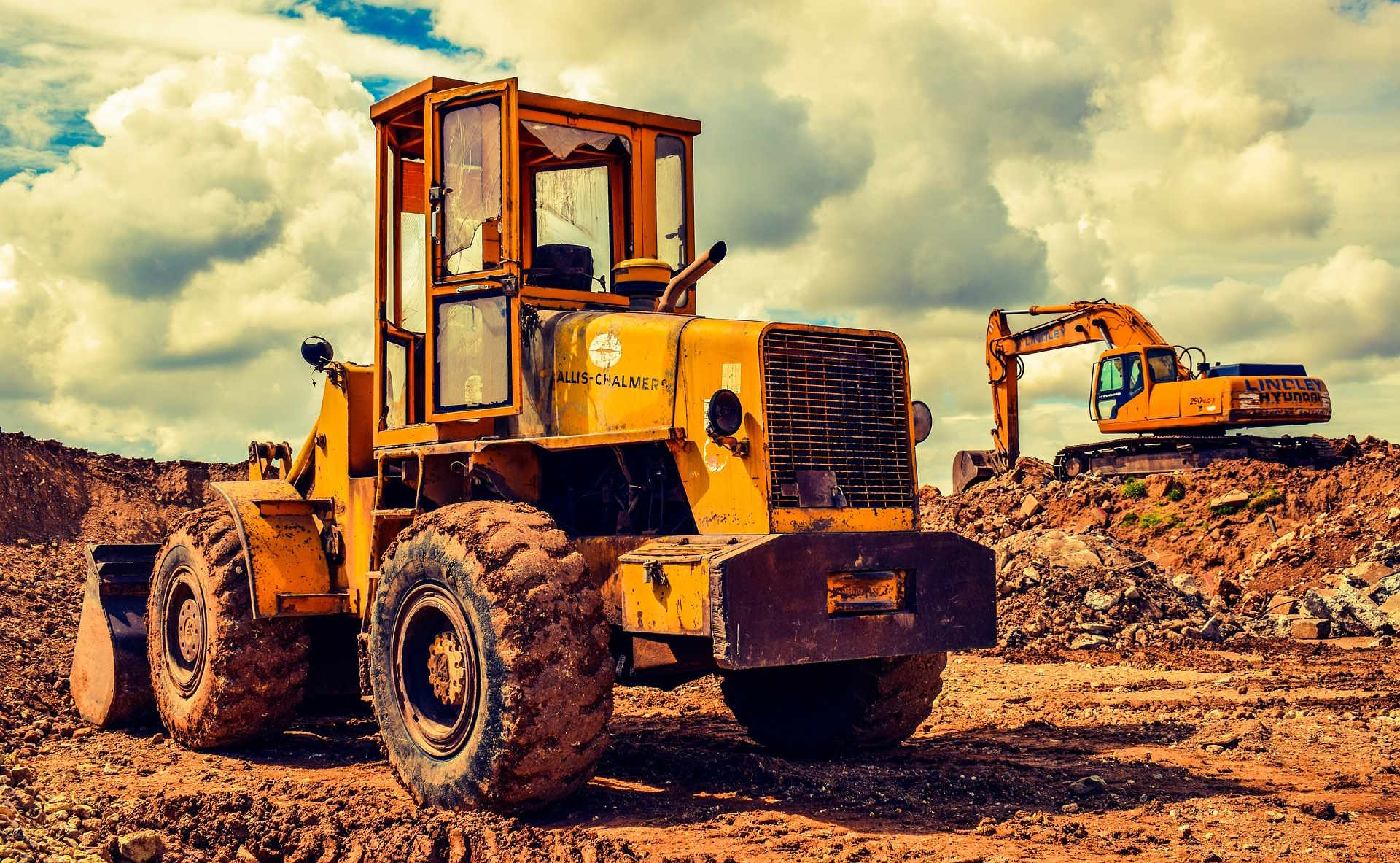Understanding Skid Steer Loaders in Excavation: A Comprehensive Guide
Excavation equipment plays a crucial role in construction projects, with skid steer loaders emerging as versatile machines capable of handling various tasks. These compact yet powerful machines have become indispensable for contractors working in diverse environments, from tight urban settings to expansive job sites. With their ability to maneuver in confined spaces and accept numerous attachments, skid steer loaders offer exceptional versatility compared to other excavation equipment. This article explores how these machines function in excavation contexts, their advantages, and how to select the right model for specific project requirements.

Key Differences Between Skid Steer Loaders and Compact Excavators
Skid steer loaders and compact excavators both serve essential functions in excavation work, but they differ significantly in design, operation, and application. Skid steer loaders feature a rigid frame and operate by varying wheel speeds on opposite sides to turn, allowing them to rotate within their own footprint—hence the term “skid steer.” Compact excavators, conversely, utilize tracks and a rotating house with a boom and bucket attachment.
The most notable difference lies in their primary functions. Skid steer loaders excel at material handling, pushing, and loading tasks with their front-mounted bucket that moves vertically. Compact excavators are designed specifically for digging operations with their hydraulic arm that provides greater depth and reach. Excavators typically offer superior digging depth and lifting capacity, while skid steers provide better maneuverability, higher travel speeds, and more attachment versatility.
Another key difference involves stability and ground disturbance. Compact excavators, with their tracks and stabilizing arms, provide greater stability for digging operations and cause less ground disruption. Skid steers, especially wheeled models, can disturb the ground surface more significantly due to their turning mechanism but can operate on improved surfaces where tracks might cause damage.
Common Excavation Projects Using Skid Steer Loaders
Skid steer loaders have proven invaluable across numerous excavation applications. In residential construction, these machines excel at site preparation, including clearing vegetation, removing topsoil, and creating level building pads. Their compact size makes them ideal for excavating swimming pools, creating landscape features, and installing drainage systems in established neighborhoods where space is limited.
In the commercial sector, skid steer loaders handle tasks like trench digging for utility installation, though typically for shallower trenches compared to dedicated excavators. They’re particularly useful for interior demolition work when fitted with breaker attachments, allowing contractors to remove concrete floors and structural elements within existing buildings.
Landscaping professionals rely heavily on skid steer loaders for tasks ranging from grading and terrain contouring to material distribution and hardscape installation. Their lifting capacity facilitates the movement of pavers, retaining wall blocks, and large plants. Agricultural applications include clearing fence lines, creating drainage ditches, and managing composting operations—demonstrating the machine’s versatility beyond traditional construction environments.
Maintenance Tips for Skid Steer Loaders Used in Heavy Excavation Work
Proper maintenance is essential for skid steer loaders engaged in demanding excavation applications. Daily inspections should include checking hydraulic fluid levels and quality, as hydraulic systems are particularly susceptible to contamination during excavation work. Operators should examine hydraulic hoses for signs of wear, cracking, or leaks, especially those exposed to abrasive materials and debris.
The cooling system deserves special attention in excavation environments. Radiators and cooling fins frequently become clogged with dust and debris, leading to overheating issues. Regular cleaning using compressed air (avoiding high-pressure water that might damage components) helps maintain optimal operating temperatures. Installing additional protective screens in particularly dusty conditions provides another layer of protection.
Track or tire maintenance depends on the specific model but is crucial for both types. Track tension should be checked regularly on track loaders, as improper tension accelerates wear and affects performance. For wheeled models operating in excavation environments, tire condition and pressure checks help prevent flats and ensure proper machine stability. Lubrication of pivot points, particularly those on loader arms and attachment mounting systems, prevents premature wear in high-stress applications like excavation.
Advantages of Skid Steer Loaders for Confined Excavation Areas
Skid steer loaders offer distinct advantages when working in tight spaces. Their zero-radius turning capability allows them to rotate completely within their own footprint—a crucial feature when excavating between existing structures or in urban environments with spatial constraints. This maneuverability eliminates the need for multiple repositioning movements that larger equipment would require.
The compact dimensions of skid steer loaders enable them to access areas through standard doorways and gates, making them ideal for backyard excavation projects or interior renovation work. Despite their small size, modern skid steers maintain impressive lifting capacities and breakout forces, allowing them to handle substantial excavation tasks in restricted spaces.
Their attachment versatility truly shines in confined excavation scenarios. Operators can quickly switch between buckets, augers, trenchers, and breaker attachments without leaving the machine, enabling multiple excavation functions without bringing additional equipment to space-limited sites. This versatility extends to material handling in tight spaces, as skid steers can both excavate and transport material efficiently, eliminating the need for separate loading equipment.
Choosing the Right Skid Steer Loader for Specific Excavation Needs
Selecting an appropriate skid steer loader for excavation work requires careful consideration of several factors. Operating capacity represents a primary consideration—manufacturers typically provide both rated operating capacity (50% of the tipping load) and tipping load specifications. For intensive excavation work, machines with higher operating capacities handle heavier materials and larger bucket loads more efficiently.
Power specifications, measured in horsepower and hydraulic flow rates, directly impact excavation performance. Higher horsepower ratings generally correlate with greater pushing force and breakout strength. Hydraulic flow rates (measured in gallons per minute) determine the performance of hydraulically powered attachments like augers and trenchers. Matching these specifications to anticipated job requirements ensures optimal performance.
The choice between wheeled and tracked models depends on the excavation environment. Tracked skid steers distribute weight more evenly, providing better flotation on soft ground and superior stability on uneven terrain—making them ideal for undeveloped sites. Wheeled models offer higher travel speeds and perform better on improved surfaces like concrete and asphalt, causing less damage to finished surfaces during projects like urban utility excavation.
Selecting appropriate attachments significantly enhances excavation capabilities. Standard buckets work for general material handling, while specialized excavation attachments like trenchers, augers, and hydraulic breakers expand functionality. When evaluating skid steer models, consider their hydraulic capacity and compatibility with these attachments, as well as the ease of attachment changes.
Considering the operator environment remains important for productivity during extended excavation projects. Features like climate-controlled cabs, ergonomic controls, good visibility, and advanced display systems reduce operator fatigue and improve efficiency in challenging excavation conditions.
Prices, rates, or cost estimates mentioned in this article are based on the latest available information but may change over time. Independent research is advised before making financial decisions.




